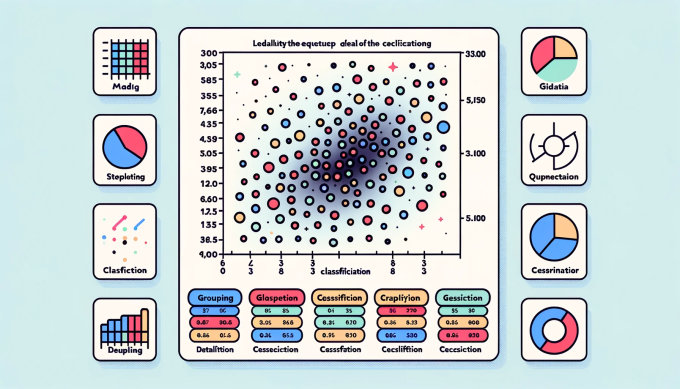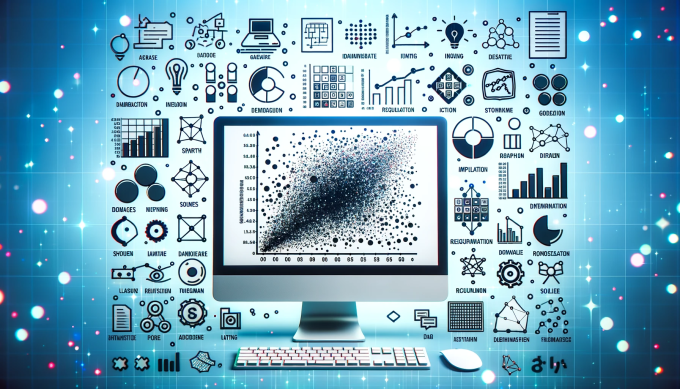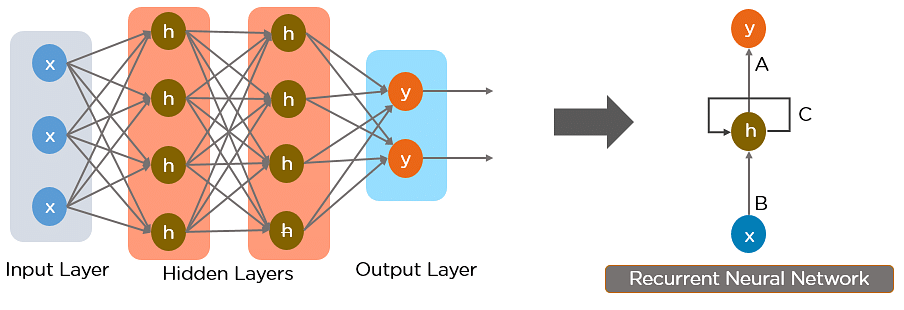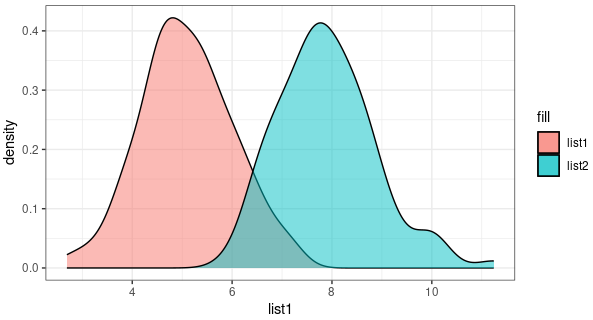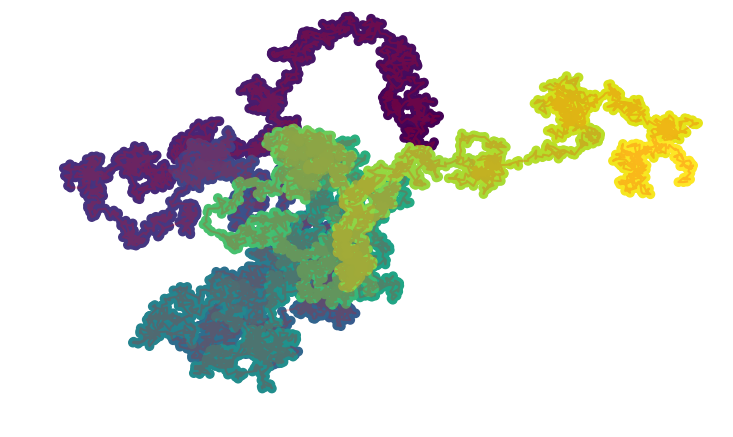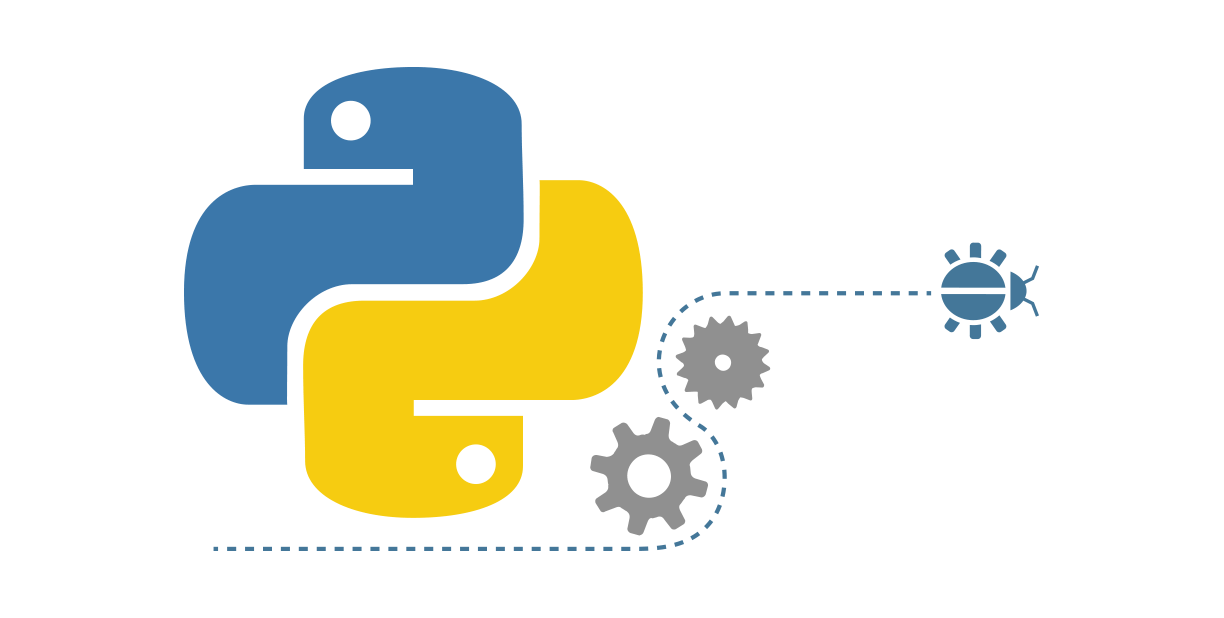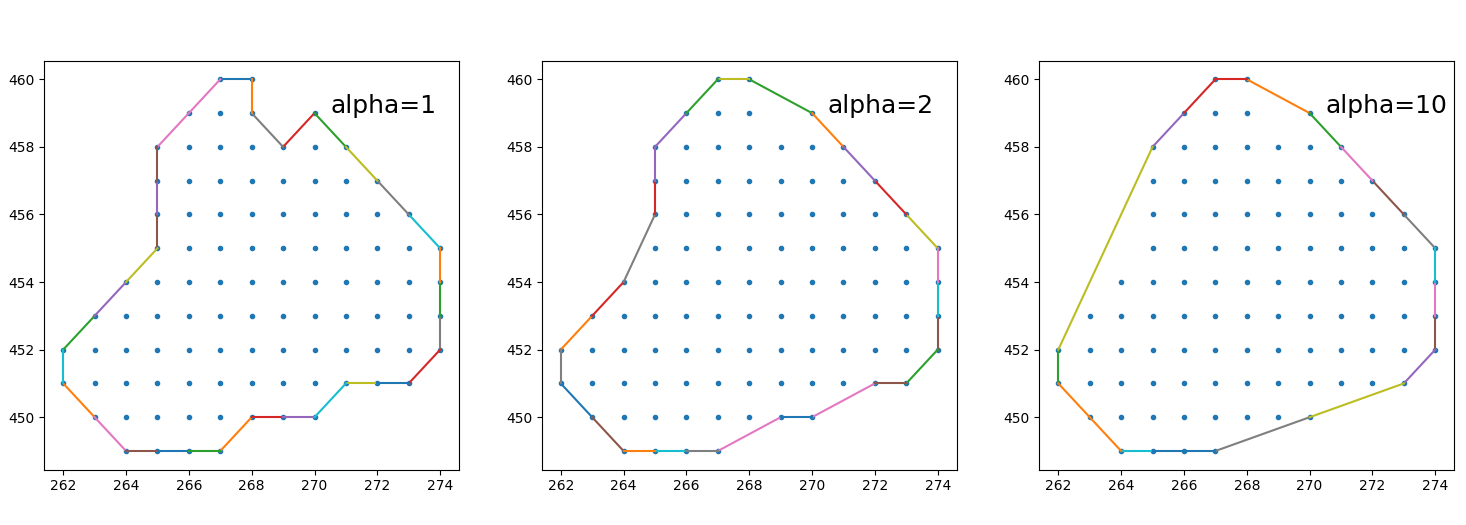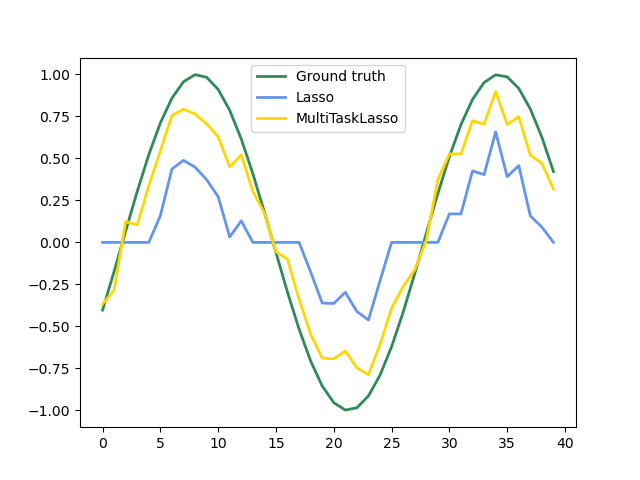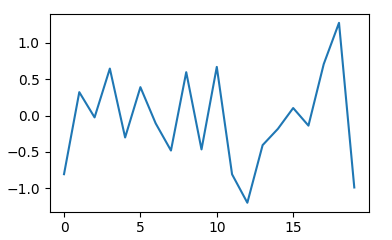HDF5 Data Format Introduction
HDF5 (Hierarchical Data Format version 5) is a file format designed for efficiently storing and organizing large, complex datasets. It uses a hierarchical structure of **groups** (like directories) and **datasets** (like files) to store data, supporting multidimensional arrays, metadata, and a wide variety of data types. Key advantages include **compression**, **cross-platform compatibility**, and the ability to handle large datasets that don’t fit in memory. It’s widely used in fields like scientific computing, machine learning, and bioinformatics due to its efficiency and flexibility.
Read more
